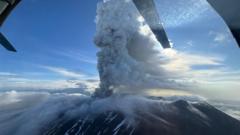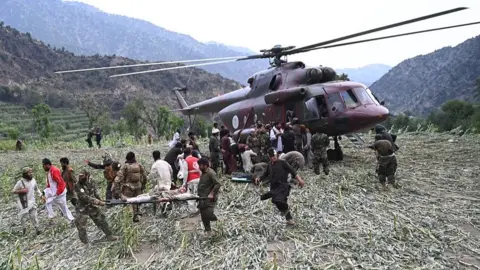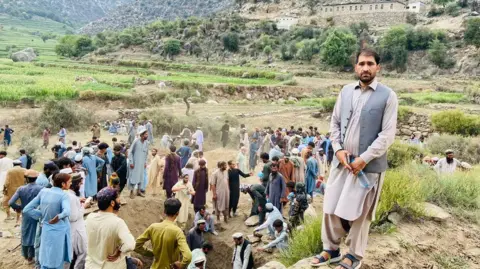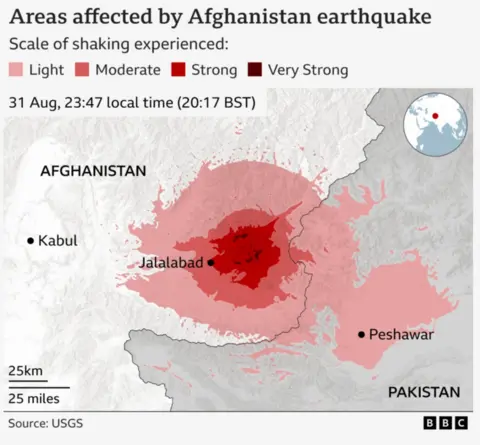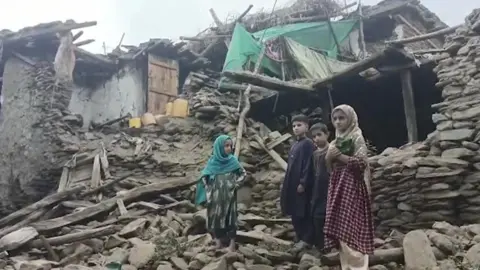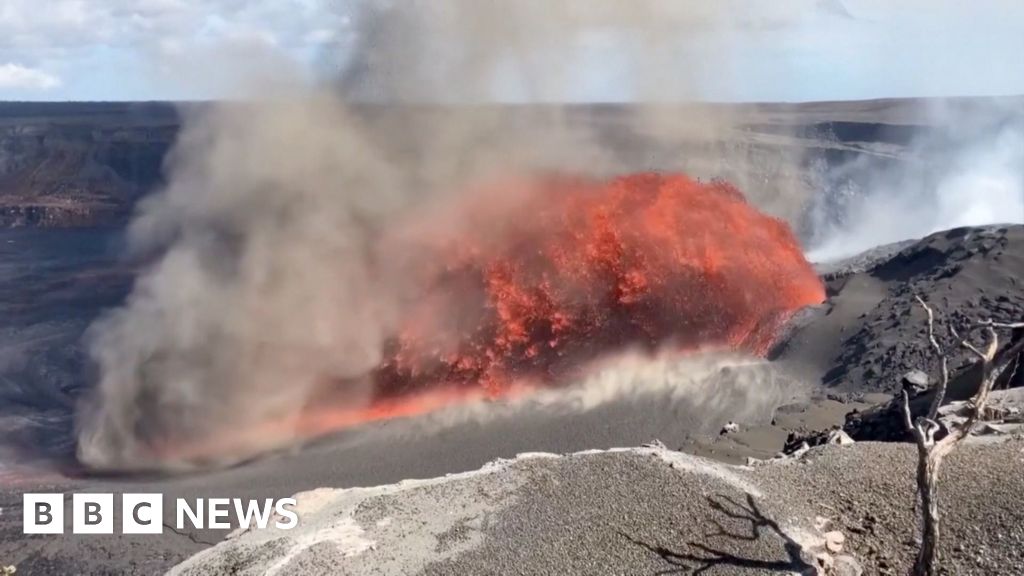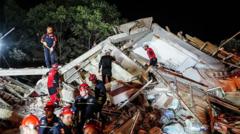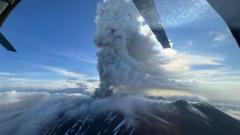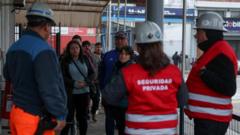A rarely active volcano in far eastern Russia has awoken from a centuries-long slumber, as the Krasheninnikov Volcano erupted for the first time in over 500 years. This remarkable event, which released an ash plume soaring up to six kilometers (3.7 miles) into the atmosphere, may be interconnected with a spate of significant seismic activity that has rattled the region.
Earlier this week, an 8.8 magnitude earthquake struck nearby, prompting tsunami alerts that stretched across vast distances, reaching as far as French Polynesia and Chile. Following the eruption, Russia's emergency ministry assured residents that there were no immediate threats to populated areas, although caution was advised amid continuing seismic activity.
Shortly after the volcanic eruption, a subsequent earthquake measuring 7.0 on the Richter scale hit the Kuril Islands, leading to additional tsunami warnings in three areas of the Kamchatka Peninsula. Despite the low wave height predictions, officials urged residents in coastal regions to stay away from the shore due to the ongoing seismic instability.
Olga Girina, head of the Kamchatka Volcanic Eruption Response Team, indicated that the eruption of Krasheninnikov and the recent earthquakes could be linked, following predictions of potential strong aftershocks in the wake of last week's significant quake. The last documented eruption of this volcano occurred in the 15th century, adding to the historical significance of its recent activity.
Known for its rugged terrain and isolation, the Kamchatka Peninsula is situated in the "Pacific Ring of Fire," a notorious zone characterized by frequent earthquakes and volcanic eruptions. Scientists and local authorities are closely monitoring the situation as residents remain vigilant for potential further geological disturbances in the area.

